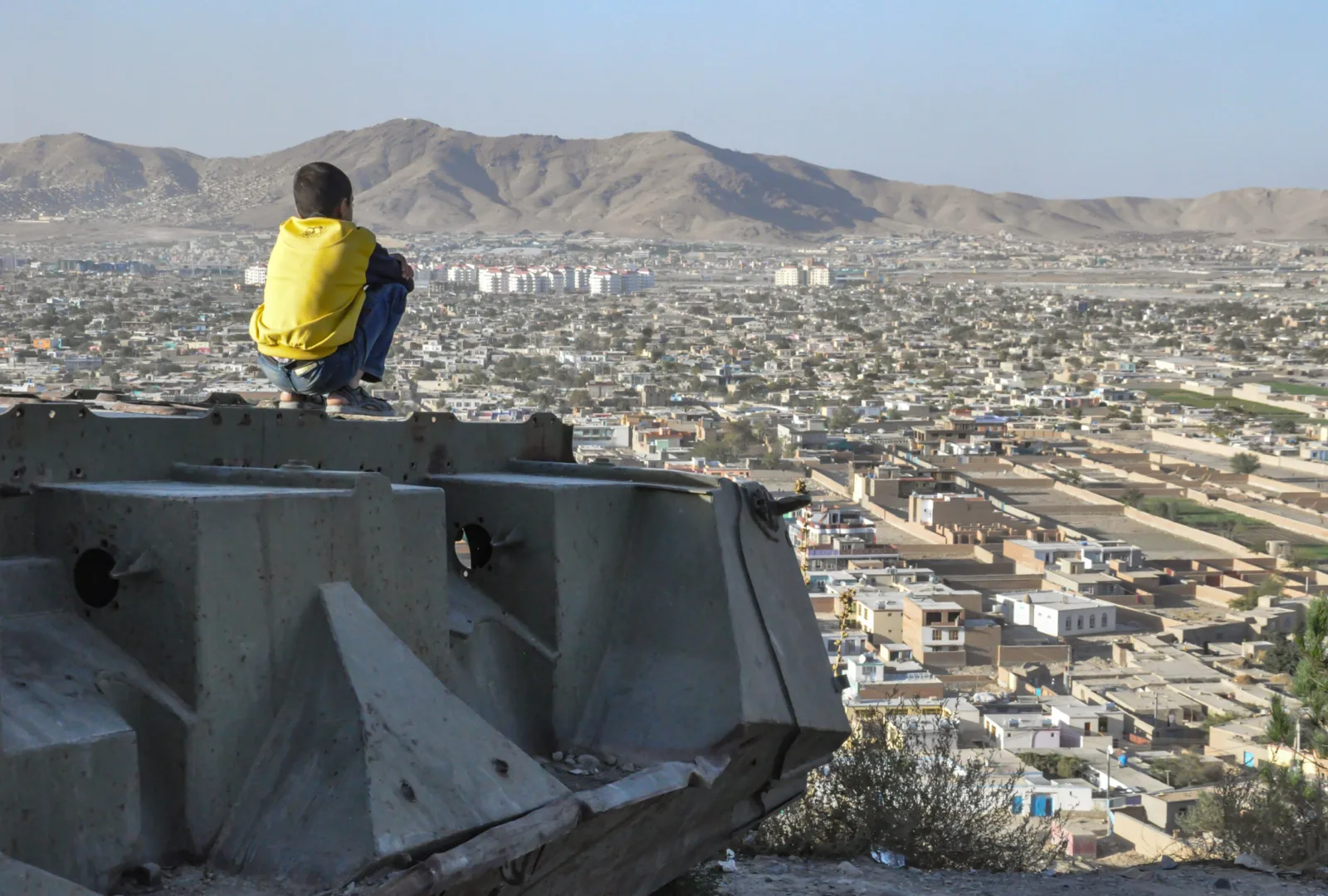Lessons Learned in Human Rights from the War in Afghanistan
A little over two years ago, America left Afghanistan for the same reason it came 20 years earlier: Washington’s calculation about U.S. interests and feelings at home. As time has passed, revisionist accounts portray the post-9/11 wars as driven by a principled pursuit of human rights and democracy — a comforting but inaccurate account.
The brutality of America’s military interventions in Afghanistan and Iraq, coupled with their far–reaching consequences, make it tempting to mislead ourselves about their origins and our ability to remake foreign lands. The return of the Taliban in Afghanistan has been particularly hard to accept because, unlike Iraq, it was “the good war.” It was a war I volunteered for. The initial U.S. invasion liberated Afghans from the Taliban’s oppressive grip, sent al–Qaeda on the run, and sought to avenge 9/11.
The last Afghan government, while corrupt and incompetent, at least aspired to uphold the rights of all Afghans, including women. U.S.–backed efforts were largely responsible for lowering maternal death rates, raising literacy, and vastly improving the country’s urban infrastructure. But it was the U.S. military’s two trillion dollar war effort — and more importantly, Afghans’ mistaken belief that Washington would stick around — that sustained this government for as long as it did. It was also sustained by our willingness to partner with ruthless warlords and turn a blind eye to elite U.S.–sponsored units that terrorized Afghans. The aid and investment that accompanied the U.S.–led war effort increased maternal health indicators, literacy, and built critical infrastructure. But improvements in quality of life were not felt evenly across the country and in some areas they came at the cost of terrible and never ending violence.
Three successive U.S. presidents tried to exit Afghanistan because staying no longer served U.S. interests. On April 14, 2021, President Biden finally announced his intention to withdraw from Afghanistan, in accordance with the agreement negotiated by the Trump administration. In his announcement, he noted, “Our reasons for staying in Afghanistan are becoming increasingly unclear,” and went on to emphasize, “We went to Afghanistan because of a horrific attack that happened 20 years ago. That cannot explain why we should remain there in 2021.” By making this statement, Biden rejected two decades’ worth of Washington’s double talk and empty promises. On the day following the Taliban’s uncontested August 15th entry into Kabul, which effectively marked the end of the Afghan republic, Biden remarked, “Our mission in Afghanistan was never supposed to have been nation building. It was never supposed to be creating a unified, centralized democracy.” He wasn’t wrong.
Nation–building in Afghanistan was essentially an improvised strategy that lacked true interagency coordination. Its activities and lofty goals grew in parallel with an expanding developmental and military aid budget from Congress, but its loose objective was to establish a dependable partner in Kabul capable of safeguarding U.S. interests and make the ongoing war more acceptable to the U.S. public. Over time, the Taliban steadily increased their territorial control throughout the country and the U.S. public lost interest in the war. Al–Qaeda was a shell of its former self, and tackling an ascendant Islamic State Khorasan Province (ISKP) —an offshoot of ISIS in South Asia — necessitated some level of coordination with the Taliban, albeit unofficially. As confidence in Kabul’s overall reliability diminished, belief in the inevitability of the Taliban grew.
The human toll of the war in Afghanistan was immense, with 2,442 U.S. service members killed and thousands more living with life–altering injuries. Over one hundred thousand partner forces and civilians were also killed. Certain segments of Afghan society, particularly those Afghans who were more likely to come into contact with Americans, experienced relative respite from the conflict for years. Others encountered the harsh realities of war on a daily basis with their lived experiences told by only a few daring journalists.
Following the U.S. withdrawal, the Taliban were able to fully re–establish their oppressive control over Afghan life. Yet it appears that the violence of war declined as well. Based on data from the Armed Conflict Location and Event Data Project (ACLED), the total number of violent fatalities in Afghanistan decreased by roughly 60 percent between the calendar years 2021 and 2022. It’s important to note that a significant portion of these casualties resulted from the Taliban’s own violence. But the key observation here is that the conclusion of foreign intervention marked the end of the war. Events during the evacuation of Kabul shocked many Americans, not just due to the human trauma that played out, but also because it held up a mirror to the tragedy of a war most Americans had long ago forgotten.
The horrors of the war have now given way to the callousness of Taliban rule. Recognizing the dark side of this new reality for Afghans is important. But avoiding past mistakes requires uncomfortable admissions. From the outset, the United States made commitments in Afghanistan that it had limited ability to fulfill and no genuine intent to keep. Human rights promotion became codependent with the inevitably violent endeavor of nation–building. Instead of fixating on the human rights setbacks resulting from the U.S. military withdrawal from Afghanistan, it would be more constructive to contemplate strategies for advancing human rights that don’t rely on the permanent use of U.S. military force for their sustainability.
